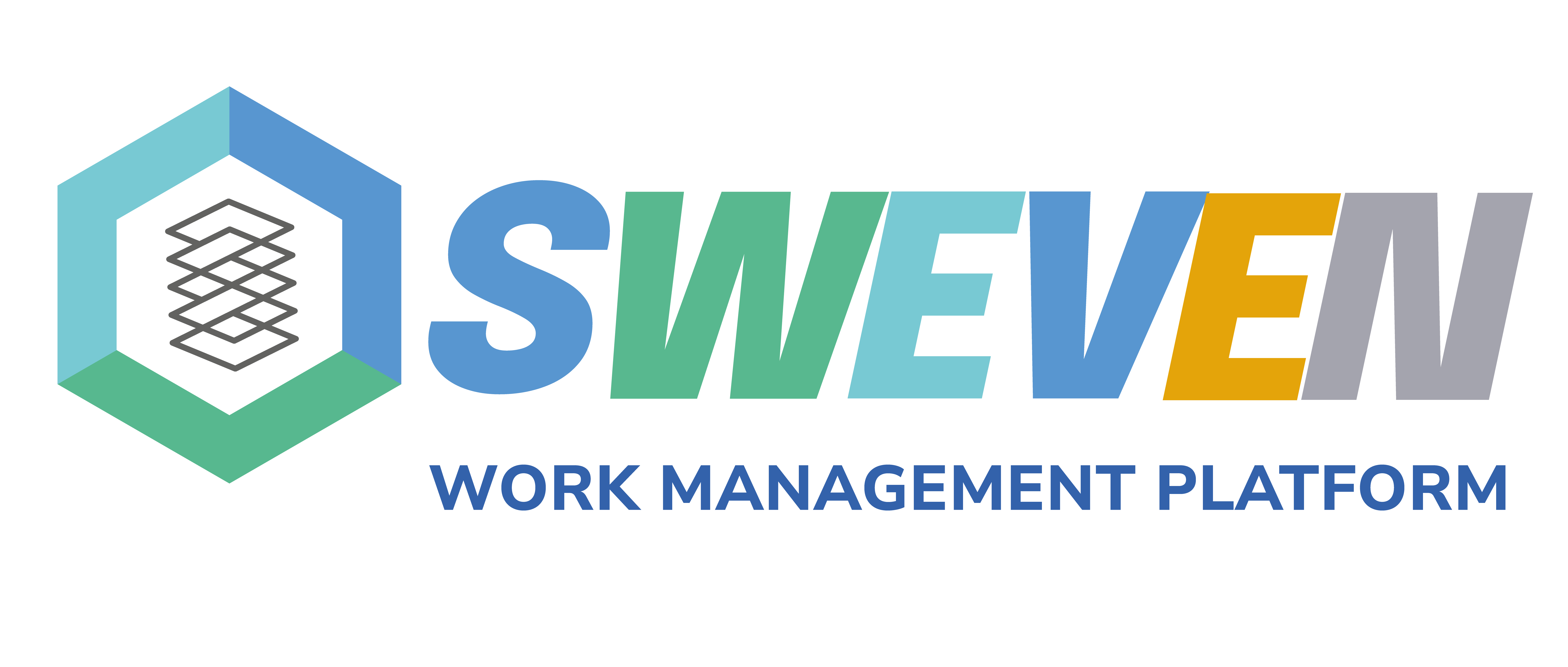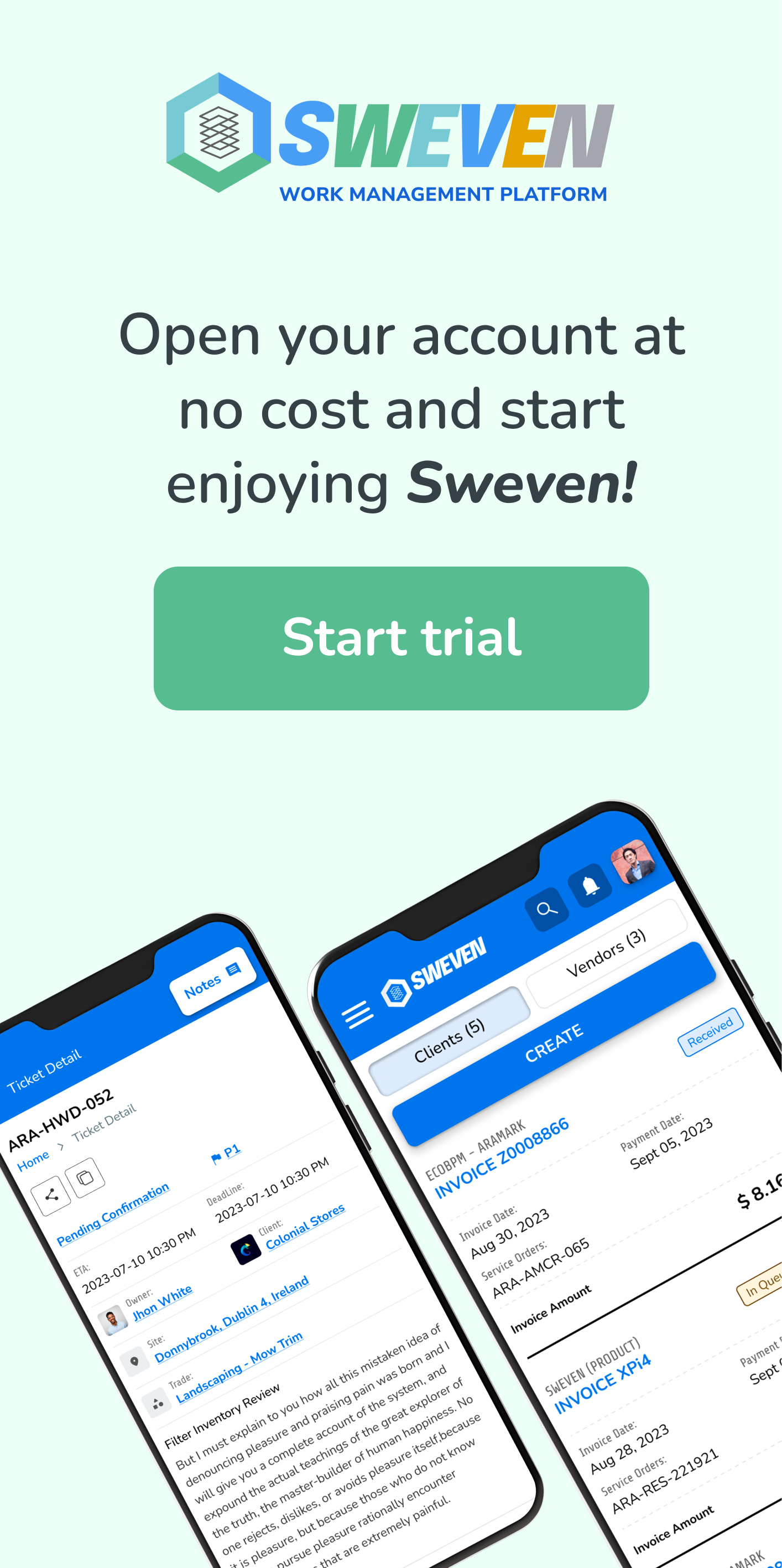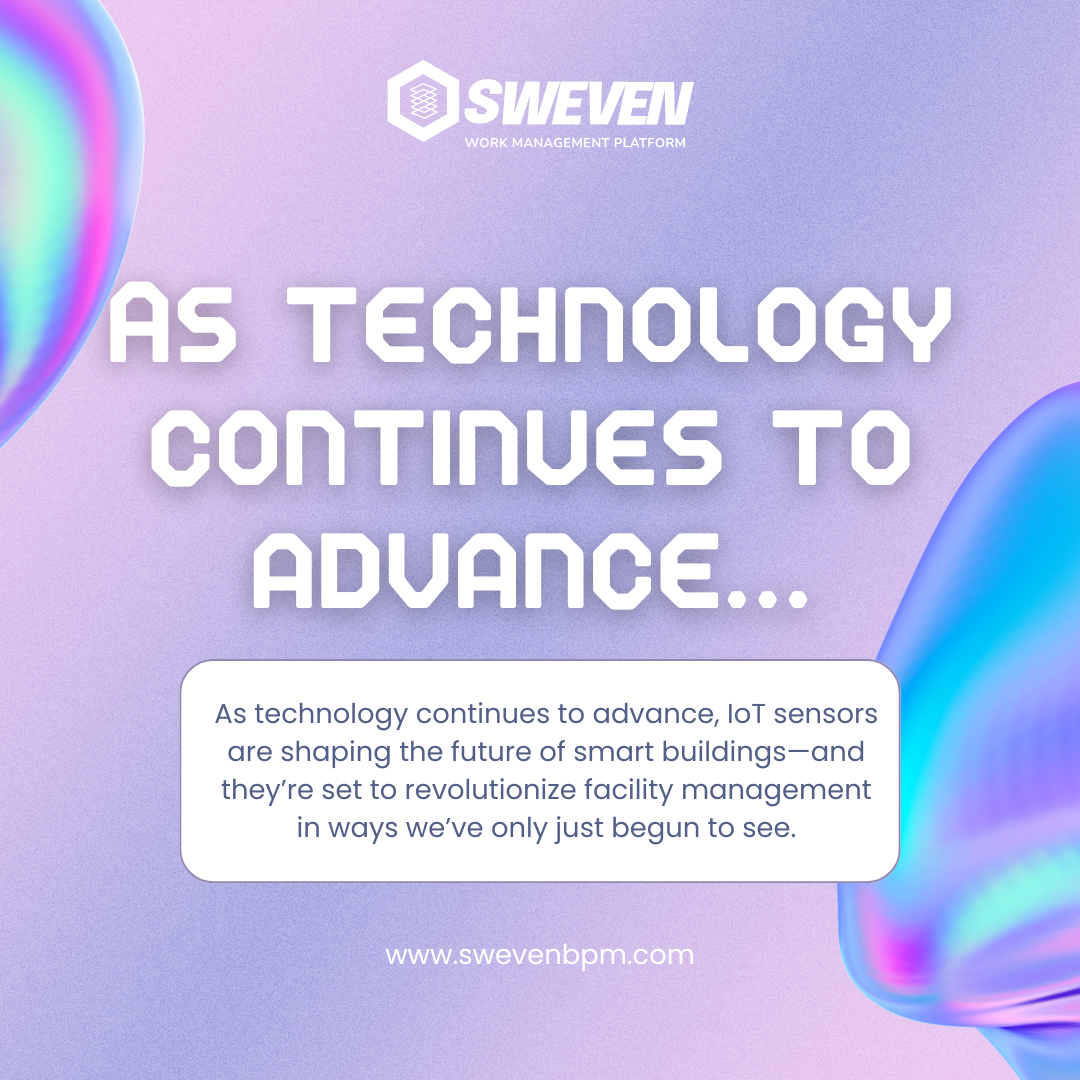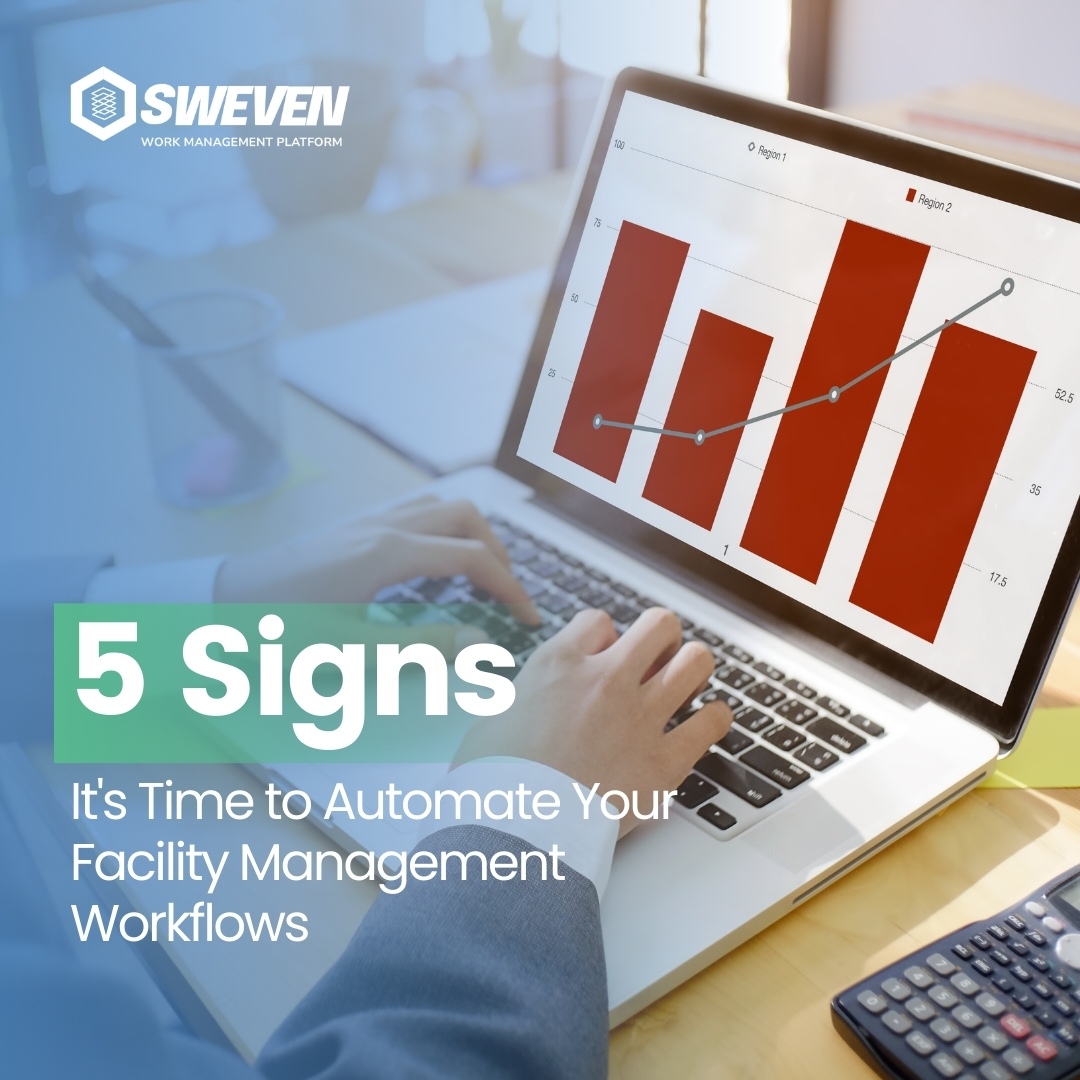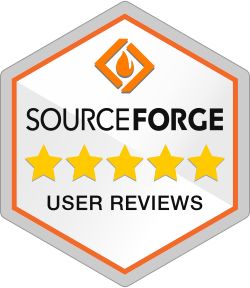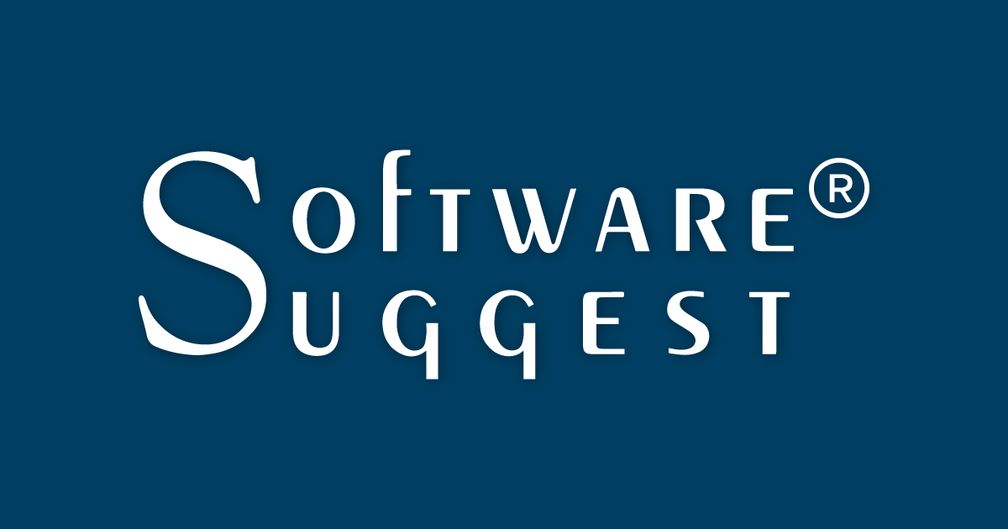In the world of facilities maintenance, inefficiencies and high labor costs can significantly impact an organization’s bottom line. Manual processes, while necessary, often consume valuable time and resources, leading to increased operational expenses and reduced productivity. The solution to these challenges lies in adopting automation technologies such as robotic process automation (RPA) and automated maintenance systems. By streamlining workflows and increasing efficiency, these technologies can transform facilities maintenance, delivering substantial cost savings and operational improvements.
Understanding the Pain Point: Inefficient Manual Processes and High Labor Costs
Facilities maintenance encompasses a wide range of tasks, from routine inspections and repairs to emergency interventions and system upgrades. Many of these tasks are traditionally performed manually, leading to several challenges:
- Time-Consuming Tasks: Manual processes can be slow and labor-intensive, taking up significant time that could be better spent on more strategic activities.
- Human Error: Manual data entry and task execution are prone to errors, which can lead to rework, inefficiencies, and potential safety hazards.
- High Labor Costs: The reliance on manual labor increases operational costs, particularly when tasks require overtime or after-hours work.
- Inconsistent Execution: Manual processes can vary in quality and consistency, depending on the skills and diligence of the personnel involved.
Limited Scalability: Scaling manual processes to accommodate growth or increased demand is challenging and often requires proportional increases in labor.
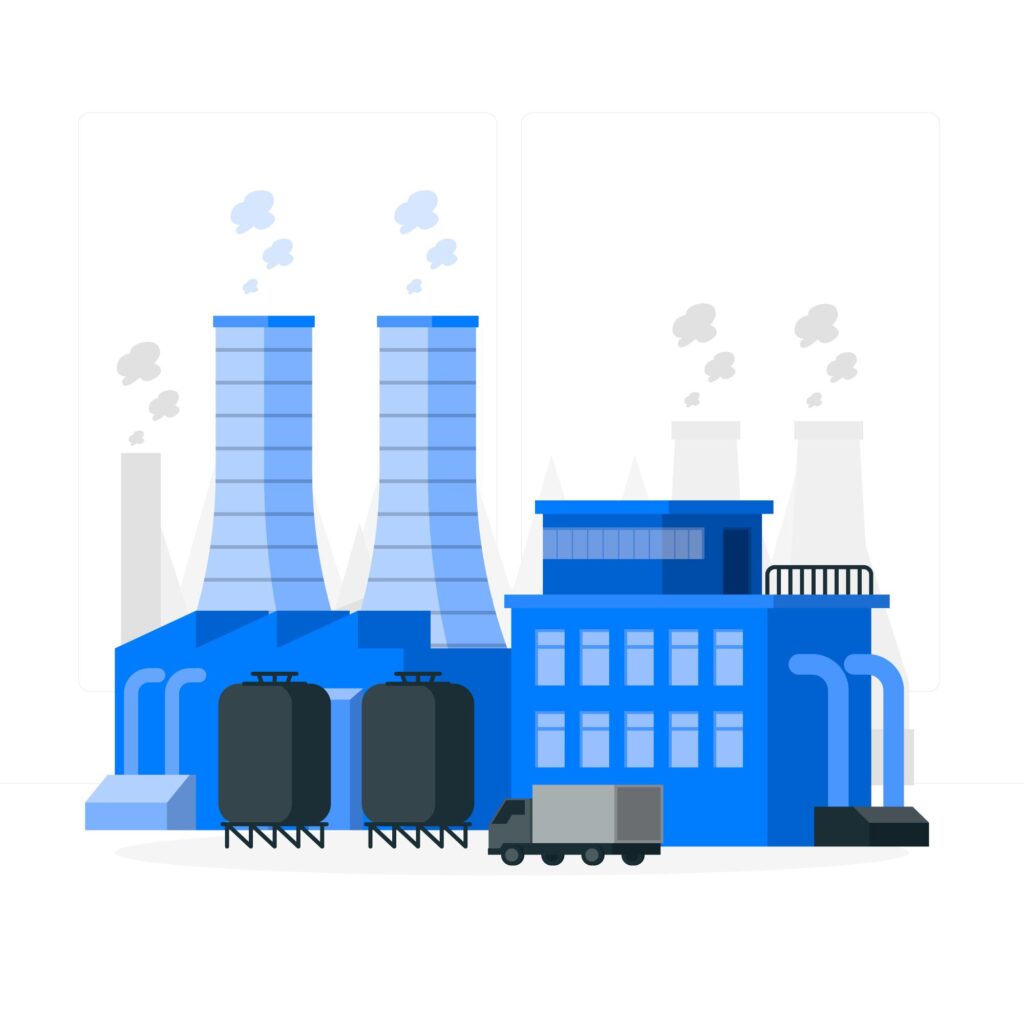
Solution: Adopting Automation Technologies
Automation technologies, including robotic process automation (RPA) and automated maintenance systems, offer a solution to these pain points by streamlining workflows, reducing errors, and lowering labor costs.
Robotic Process Automation (RPA)
RPA involves using software robots to automate repetitive, rule-based tasks that were previously performed manually.
- Task Automation: RPA can automate a variety of tasks such as data entry, report generation, and scheduling, freeing up human workers for more complex activities.
- Consistency and Accuracy: Robots execute tasks with high precision and consistency, reducing the risk of errors and ensuring uniformity in processes.
- 24/7 Operation: RPA can operate around the clock, increasing productivity and ensuring that critical tasks are completed without delay.
- Scalability: RPA solutions can easily scale to handle increased workloads, adapting to the needs of the organization without requiring additional human labor.
Automated Maintenance Systems
Automated maintenance systems use advanced technologies to monitor, schedule, and execute maintenance tasks with minimal human intervention.
- Predictive Maintenance: Sensors and IoT devices continuously monitor equipment conditions and predict maintenance needs, enabling timely interventions before issues escalate.
- Automated Scheduling: Maintenance management software can automatically schedule routine inspections and maintenance activities based on predefined criteria, ensuring timely execution.
- Self-Repairing Systems: Some advanced systems are capable of performing self-diagnosis and minor repairs autonomously, reducing the need for manual intervention.
- Data-Driven Insights: Automated systems collect and analyze data from maintenance activities, providing valuable insights for optimizing maintenance strategies and improving efficiency.
Benefits of Automation in Facilities Maintenance
Implementing automation technologies in facilities maintenance offers numerous benefits that can transform operations and drive efficiency:
- Increased Efficiency: Automation streamlines workflows, reducing the time and effort required for routine tasks and allowing staff to focus on higher-value activities.
- Cost Savings: By reducing reliance on manual labor and minimizing errors, automation lowers operational costs and improves the bottom line.
- Enhanced Accuracy and Consistency: Automated systems execute tasks with precision and consistency, improving the quality and reliability of maintenance activities.
- Proactive Maintenance: Predictive maintenance technologies enable proactive management of equipment health, reducing the frequency and severity of unexpected breakdowns.
- Scalability and Flexibility: Automation solutions can easily scale to meet changing demands, providing flexibility and adaptability to evolving business needs.
Improved Data Management: Automated systems generate and manage vast amounts of data, offering actionable insights for continuous improvement and strategic decision-making.
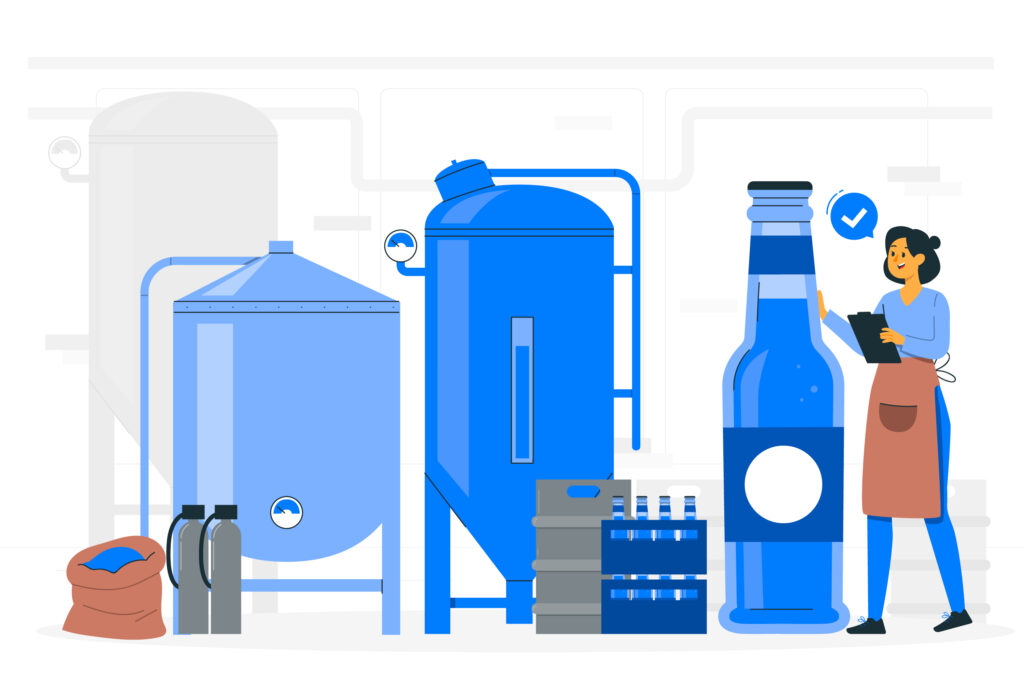
Conclusion
Inefficient manual processes and high labor costs present significant challenges for facilities maintenance. However, by adopting automation technologies such as robotic process automation (RPA) and automated maintenance systems, organizations can streamline workflows, reduce errors, and lower operational costs.
RPA automates repetitive, rule-based tasks, enhancing efficiency, accuracy, and scalability. Automated maintenance systems leverage advanced technologies to monitor, schedule, and execute maintenance activities, enabling proactive and data-driven management of equipment health.
The benefits of automation in facilities maintenance are clear: increased efficiency, cost savings, enhanced accuracy, proactive maintenance, scalability, and improved data management. By embracing automation, organizations can transform their facilities maintenance operations, ensuring long-term success and resilience in a competitive landscape.
